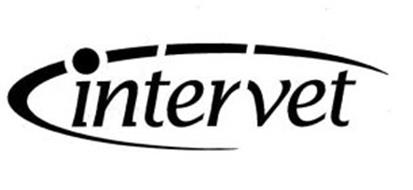

Product Ref: INDEX15 Category: D


Royal Mail 2nd Class / Parcel Force 48
UK to UK :Normally arrives in 2-4 business days.
UK to Ireland :Normally arrives in 4-6 business days
UK to EU Countries : Normally arrives in 6-10 working days depending on where the parcel is going
Please note standered delivery is none trackable , none insured , no responsabily for lose or Damage
----------------------------------------------------------------------------------------------------------------

Royal Mail First Class / Parcel Force 24
UK to UK :Normally arrives in 1-2 business days.
UK to Ireland 3-4 business days
UK to EU Countries : Normally arrives in 6-10 working days depending on where the parcel is going
Please note :Trackable , Royal Mail insured up to £50.
--------------------------------------------------------------------------------------------------------
Parcel Force Express AM Guaranteed before Midday.
UK to UK only . UP to 5KG Max Weight
Arrives next day before 12 noon, requires a signature.
Parcel Forcel Terms & Conditions apply
Important: Parcel Force advise that there are some postcodes where an extended delivery time exists, and may affect the date of delivery or the service is not available.
| Category | POM-V |
| Temperature | Ambient |
| MA/VM/EU No: | 01708/4324 |
| Species |
|
| VMD Link | Product Information Database (defra.gov.uk) |
| NOAH Link | https://www.noahcompendium.co.uk/?id=-454569 |
| Dosage | Amounts to be administered and administration route Before use shake vial upright thoroughly for 30 seconds. Dexafort should be administered by intramuscular injection using normal aseptic techniques by use of a min. 21G cannula To measure small volumes of less than 1 ml a suitably graduated syringe should be used to ensure accurate administration of the correct dose. For the treatment of inflammatory or allergic conditions the following average doses are advised. However the advised dose used should be determined by the severity of the signs and the length of time for which they have been present. Species & Dosage Horses, cattle: 1 ml/50 kg Dog, cat: 0.5 ml/10 kg For the treatment of primary ketosis in cattle (acetonaemia) A dose of 5-10 ml dependent on the size of the cow. Since blood sugar levels rise rapidly following injection of the product, through the action of dexamethasone sodium phosphate and raised levels are maintained for several days, the product is particularly useful in cases that present late and there is seldom a need to repeat the dose. In the case of cows in poor bodily condition, to avoid prolonged stimulation of gluconeogenesis at the expense of body fat reserves, use a product containing only the quick-acting ester. For the induction of parturition The product may be used to induce parturition in cattle in the last trimester and before day 260 of pregnancy. Where this is required e.g. in the cases of trauma to the cow or possibly because the date of calving is not known a single dose of 10 ml followed 6-12 days later by an injection of a short acting corticosteroid such as dexamethasone sodium phosphate alone is recommended. In the majority of cases parturition will be induced within 3 days of the second injection. Overdose See “Adverse reactions” above. |
| Withdrawals | Withdrawal periods Cattle: Meat – 63 days Milk – 144 hours Not to be used in horses intended for human consumption. Treated horses may never be slaughtered for human consumption. The horse must have been declared as not intended for human consumption under national horse passport legislation. |